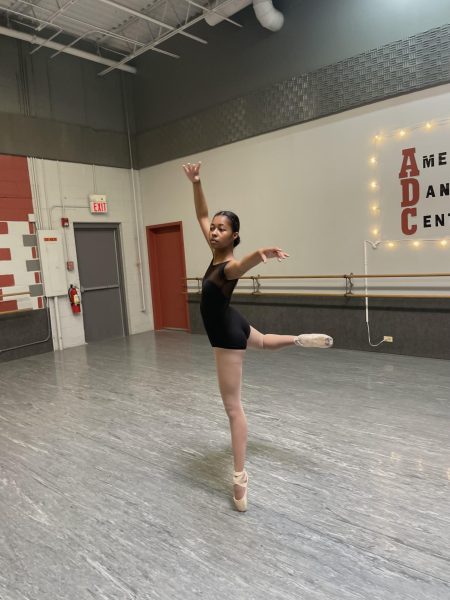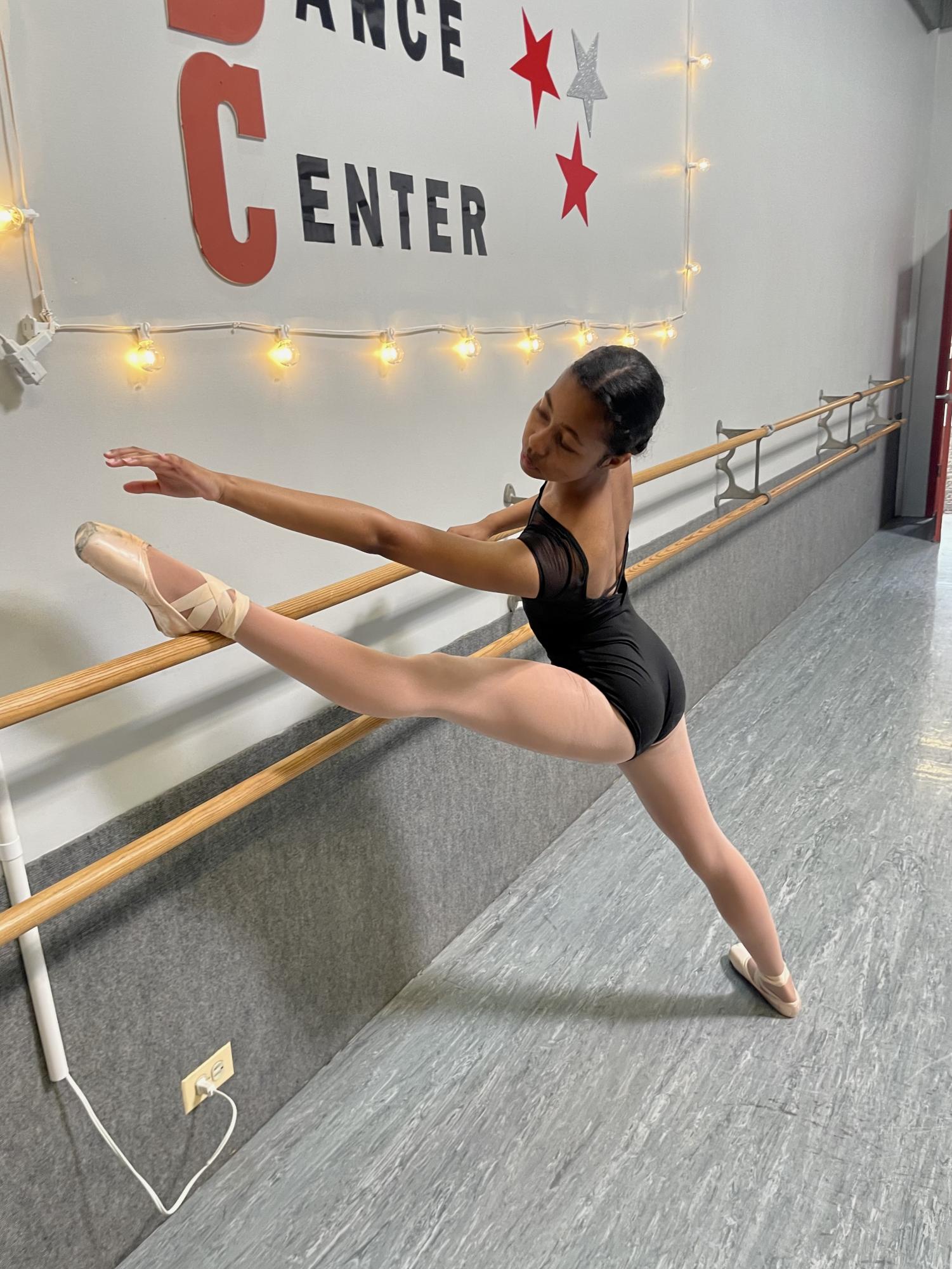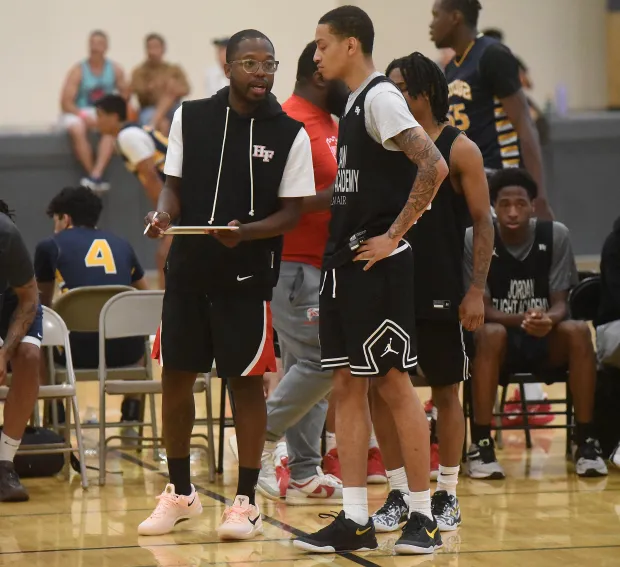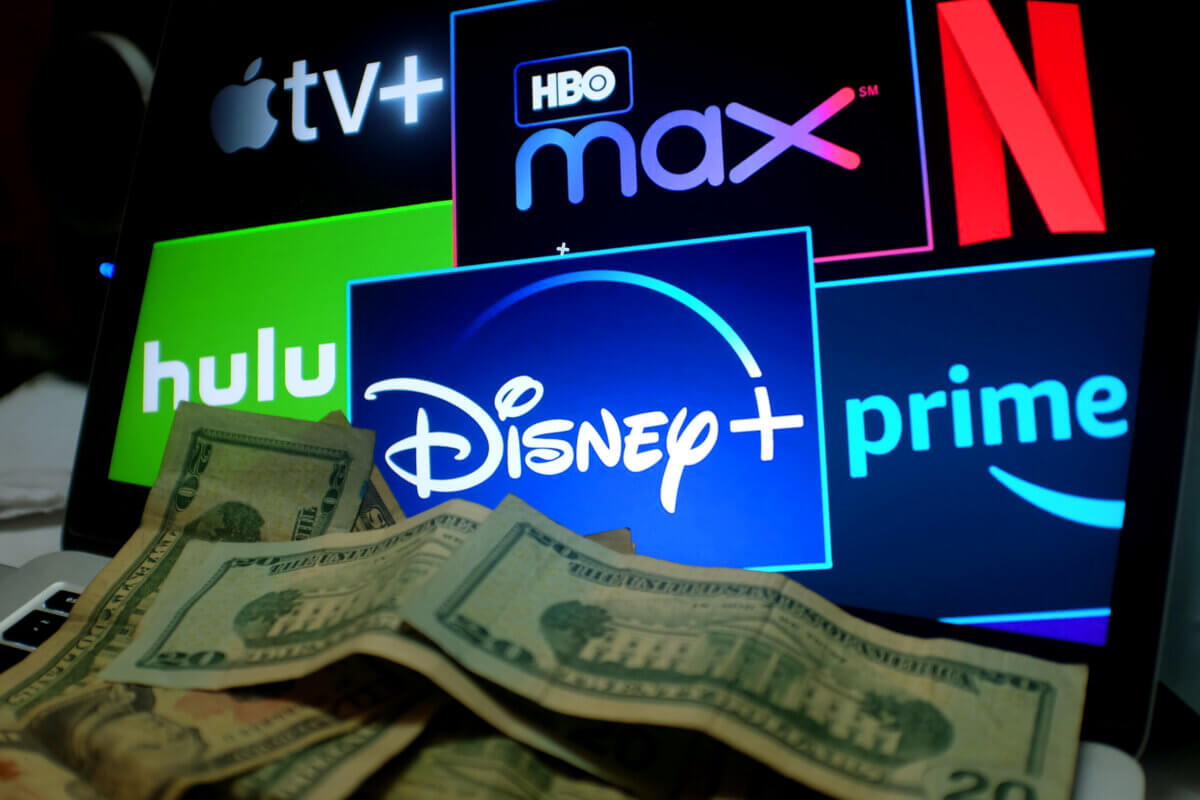If you know a dancer, cheerleader or a participant in any other “girly” sport, you probably have heard of the ongoing debate on whether or not these should be considered “real sports.” As a dancer of ten years, I’ve spent too much of my time objecting to this seemingly benign argument: “Dance isn’t a real sport,” proclaimed by all sorts of male athletes and non-athletes.
In this opinion, a “girly sport” is probably co-ed but predominantly (and culturally considered) female, and typically has no “boys’” team or alternative. For example, volleyball would not be a “girly” sport because there are both boys’ and girls’ teams and culturally it is associated with both genders.
To an outsider, this argument: “Of course dance isn’t a sport, you don’t even compete!” “It is a sport, and yes we compete. What do you think Dance Moms is about?” seems like petty semantics. Admittedly, it could be difficult for someone who’s not a female athlete to understand the very heavy meaning attached to this descriptor: “sport” or “not a sport.” Society, mostly men, refuse to respect girly sports, and point to anything but misogyny as the reason. This leaves female athletes being disrespected, underappreciated and abused not only by their society but also by the sport to which they have devoted their heart, body and mind.
As ballerina and H-F junior Sophia Hall argued, “The fact that women are doing it, primarily, I think that’s the reason why it’s questioned.” Because there is no male equivalent to these sports, many men can’t relate to it, and therefore can’t take it seriously.
“I feel like it’s one of those things where, especially nowadays, a lot of girls, their dreams are being crushed because people don’t think that dance or cheer is worth putting effort, to put things into. They don’t want to fund dance companies, they don’t want to fund this, that and the third,” said dancer and H-F senior Nichelle Alexander. “It’s a sexism thing at the end of the day.”

According to NBC Sports, NFL cheerleaders spend an average of 30-40 hours a week in practice. Their pay? $150 per game, or around $22,500 per year. If they are featured for a public appearance, they may make an extra $50 to $75. For reference, NFL Waterboys make an average of $53,000 per year.
The highest-paid cheerleaders “earn around $15 to $20 per hour or $500 per match. Therefore, their yearly salary comes out to about $75,000,” or $22,000 more than the typical waterboy wage, but at least waterboys don’t have to maintain a stick-thin body type or be constantly over-sexualized, wearing barely anything on national television.
The average football player in an NFL game makes $2.7 million per year. Cheerleaders are not employees of their company, they are independent contractors and are forced to treat cheerleading as a part-time gig. Football players are, of course, full-time employees.
All kinds of female athletes face enormous wage gaps, but for the athletes of these sports, it’s with a different excuse. Because cheer and dance aren’t considered “sports,” these athletes are then treated like starving artists who should be grateful for any opportunity to showcase their talent, as opposed to serious athletes who are worthy of basic human decency and respect.
Media representation for these sports is also typically very solemn. In explaining to people that we do ballet, Sophia and I have shared a similar experience: people usually respond with, “Have you seen ‘Black Swan’?” For most non-dancers, this is the only ballet that they are exposed to. The film depicts eating disorders, an almost-inhuman desire for perfection, power dynamics within a company and many other dark themes.
There are many, many issues within the dance, especially in the ballet community. This is undeniable. It’s important to highlight, for example, that many people face discrimination in the ballet world. However, what is just as important is positive representation. More diverse dancers will be on stage if the media portrays diversity in dance. Young dancers struggle to find inspiration when the professional world is depicted so terribly.
A tragedy, though, is that many male athletes see this argument for sports equality as a threat. “That’s an everyday issue. Outside of dance, inside of dance, they’re always trying to be like, ‘you don’t need more pay’ when we’re doing the same thing,” said Hall.
“I can admire every single sport and how much effort they have to put into being good at it,” Alexander said. “But it’s underappreciated, the things that we have to do.”









